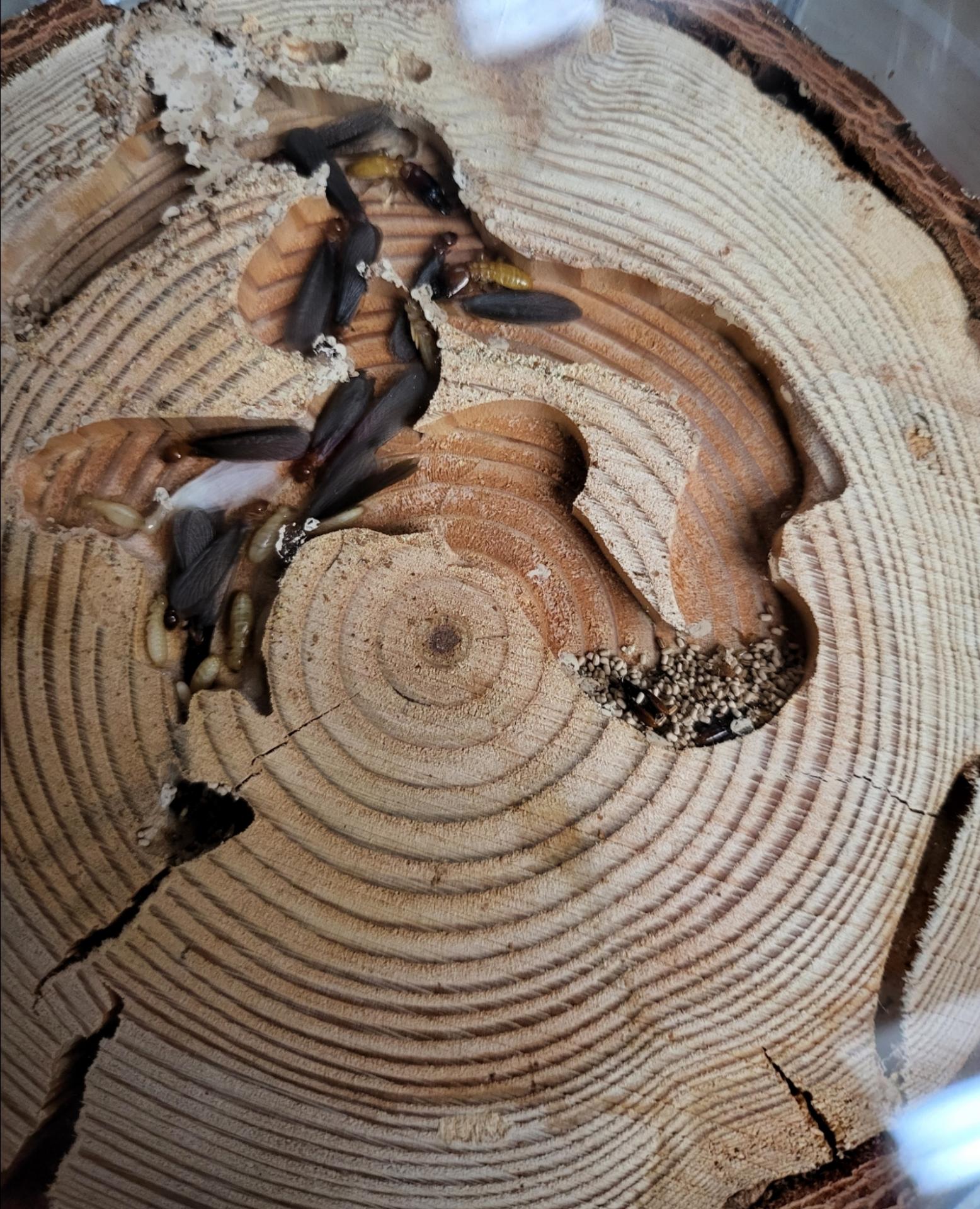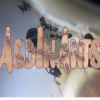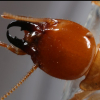I thought the rule for ants was that you can't transport queens specifically over state lines. Workers get shipped just fine. Wouldn't the same apply to termites? As far as I've read, the set only includes workers, not royals.
No, in the U.S you need a very nearly impossible to get permit to ship even worker ants, across state lines. And depending on city/county they can have their own laws. Its why you don't see more sites/people in U.S selling worker ants except just the Uncle Milton ones. The same applies to termites, and especially so because each nymph/worker can easily turn into a reproductive anyway. The law got that covered there, so there was no loophole.
At least that is what I was told about the termites from Myrmacophyl.
Edited by Vendayn, January 5 2015 - 12:37 PM.



























